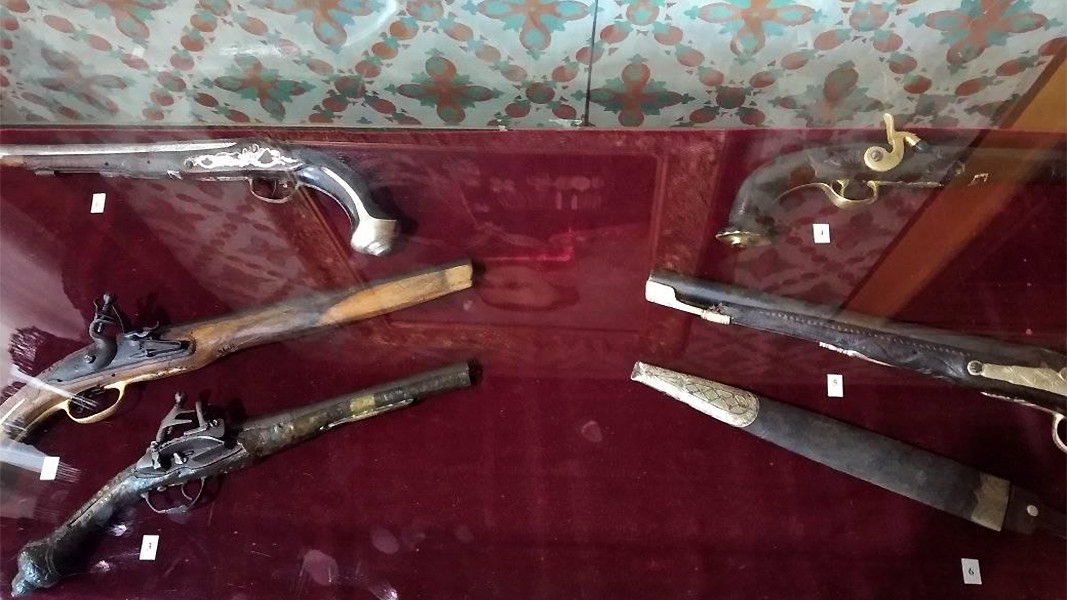Until March 18, the house-museum "Tsar Liberator Alexander II" in Pleven will have on display an exhibition dedicated to the 143rd anniversary of Bulgaria’s Liberation from Ottoman Rule. It presents 14 exhibits from the fund of the Regional Museum of Military History, focusing on the original weapons owned by the Bulgarian rebels and revolutionaries of the period.
Flintlock rifles and pistols were the main armament during the April Uprising of 1876. During the National Revival period, despite the limitations of the Ottoman rule, certain centres of the arms-making craft were gradually formed in the Bulgarian lands. One such important centre was Sliven as the weapons made by Sliven masters were valued throughout the Ottoman Empire. There were also weapons workshops in Sofia, Shumen, Nikopol, Silistra, Kazanlak, Samokov and others, where some of the pistols for the Turkish army were made by Bulgarian master gunsmiths.
 The place where the exposition is arranged is also of historical value. In this preserved house in Pleven on December 11, 1877, the Russian Emperor Alexander II personally returned the sword to the captured and wounded Osman Pasha, in recognition of his qualities as a general.
The place where the exposition is arranged is also of historical value. In this preserved house in Pleven on December 11, 1877, the Russian Emperor Alexander II personally returned the sword to the captured and wounded Osman Pasha, in recognition of his qualities as a general.
Patriarch Daniil celebrated a divine service for the so-called Second Resurrection of Christ in the Sofia-based church of Saint Nedelya. Patriarch Daniil greets Bulgarians with “Christ is Risen” At the festive liturgy, texts from the Gospel..
Patriarch Danil of Bulgaria, Metropolitan of Sofia, greeted the faithful with the joyful words "Christ is risen!" In his Easter message, he called on Orthodox Christians to share the extraordinary joy of heaven with the world through a life of light and..
On 20 April, all Christians will celebrate the Resurrection of Christ. Against the backdrop of our divided and troubled world, Catholics, together with Orthodox Christians, Armenians and Protestants, will send a message of hope and share the joy of the..

+359 2 9336 661
